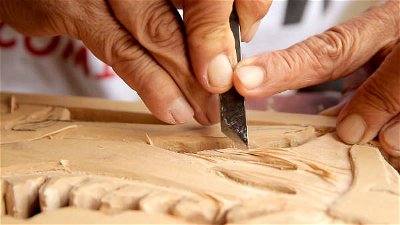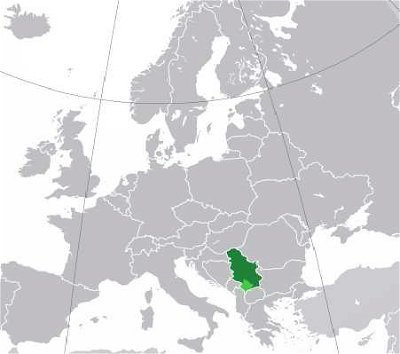29. Which event is often said to mark the end of the Viking Age in Central and Western Europe?
From Quiz The Viking Legacy
Answer:
The Battle of Stamford Bridge
The end of the Viking Age is a subject of historical debate, with two key events in 1066 often proposed as its conclusion: the Battle of Stamford Bridge and the Norman Conquest of England. The year began with Harold II, the newly crowned king of England, facing an invasion by Harald Hardrada, the king of Norway. Considered one of the last great Viking warriors, Hardrada led an invasion force intent on seizing the English throne.
On 25 September 1066 at Stamford Bridge, King Harold II defeated Harald Hardrada in a brutal battle near York. Harald's death marked the end of major Viking incursions into England and symbolised the decline of the Viking Age as a period dominated by Norse raiders and warriors. This victory, however, left Harold's army weakened and unprepared for what was to come.
Just weeks later, Harold faced another invasion - this time by William, Duke of Normandy and of Viking descent through his ancestor Rollo. At the Battle of Hastings on 14 October 1066, William defeated Harold and established Norman rule over England. Although the Normans were no longer "Vikings" in the traditional sense, their lineage and martial traditions were rooted in the Viking heritage. In this way, the Norman Conquest reflected the evolution of the Vikings from raiders and explorers to rulers and settlers, especially those who adapted to the European feudal system.
For some historians, the defeat of Harald Hardrada at Stamford Bridge is a more appropriate marker of the end of the Viking Age, as it ended the Viking military presence in England. Others see the Norman Conquest as a broader cultural endpoint, highlighting the transformation of the Vikings into integrated European powers. Both events, occurring within weeks of each other, mark the end of one chapter of history and the beginning of another.
The Viking Age did not end abruptly, however, and its end varied from region to region. In Scandinavia it coincided with the consolidation of centralised monarchies, the spread of Christianity and the decline of Viking raids due to better defended European states. Other key moments are sometimes seen as symbolic endpoints, such as the Battle of Clontarf in 1014, where Irish forces defeated Viking invaders, or the Christianisation of Norway under Olaf II. The development of trade routes and changes in European warfare also reduced the influence of the Vikings.
While the Norman Conquest is a convenient marker, the real "end" of the Viking Age was a gradual process of cultural change and integration.
 I have a German ancestry background so I headed to a German Culture festival. Come with me as we learn more about this fascinating country, its people, and its traditions!
I have a German ancestry background so I headed to a German Culture festival. Come with me as we learn more about this fascinating country, its people, and its traditions!  If you're seriously interested in visiting Serbia, but seriously short of the necessary cash, perhaps this survey of some aspects of Serbian culture can help.
If you're seriously interested in visiting Serbia, but seriously short of the necessary cash, perhaps this survey of some aspects of Serbian culture can help.  Quick Question
Quick Question = Top 5% Rated Quiz,
= Top 5% Rated Quiz,
 Top 10% Rated Quiz,
Top 10% Rated Quiz,
 Top 20% Rated Quiz,
Top 20% Rated Quiz,
 A Well Rated Quiz
A Well Rated Quiz